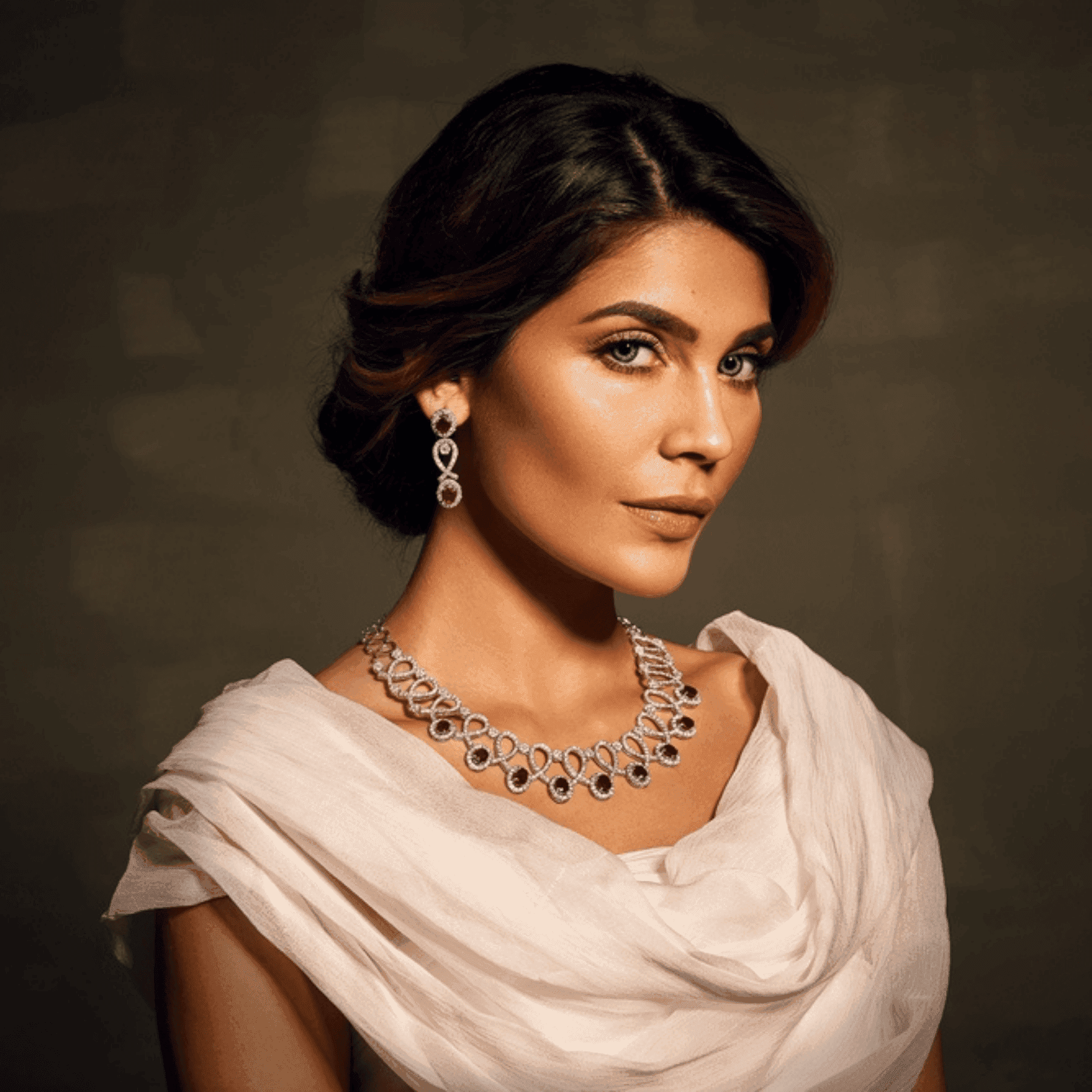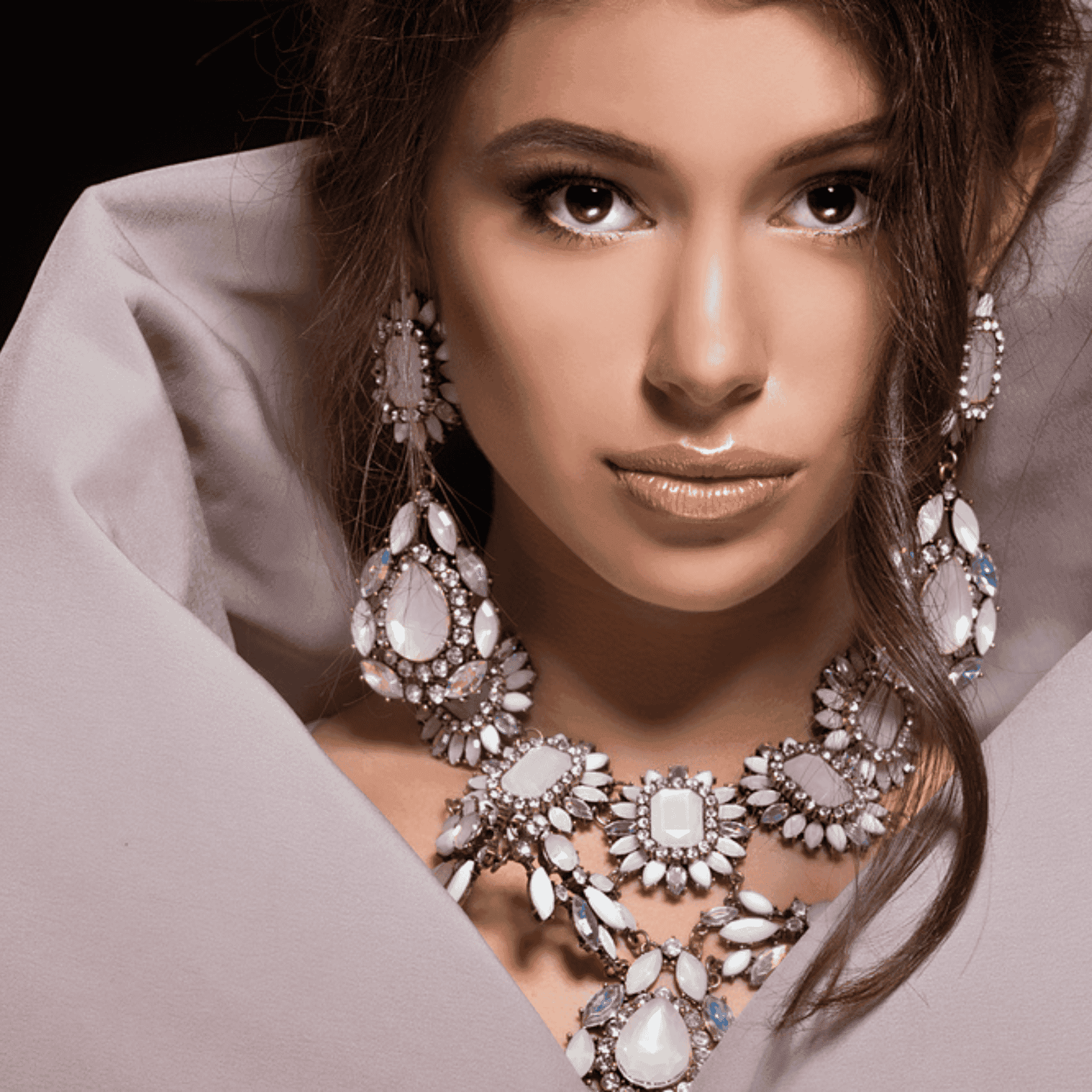
Luxury Edit
•05 min read

Dress codes for events can often feel like a cryptic puzzle, especially when deciphering the nuances between formal and semi-formal attire. In the luxury-edit world, understanding these distinctions is crucial for dressing appropriately while exuding sophistication. In this guide, you will learn the basics of event dress codes, explore formal attire guidelines like the black tie dress code and luxury evening wear tips, and uncover semi-formal dress suggestions and cocktail event outfits that align with high-end fashion for events. By the end, you will feel confident navigating exclusive dress code rules for any occasion.
Dress codes are more than just guidelines—they are the keys to setting the tone of an event and ensuring your look fits seamlessly with its vibe. Understanding the hierarchy of dress codes helps in building an event-specific wardrobe that reflects both elegance and personality. In a luxury setting, knowing the difference between formal and semi-formal attire is essential. Consider these key types of dress codes for events:
Formal Dress Code: Reserved for the most exclusive occasions like black tie or white tie events. This includes luxury evening wear such as tuxedos, floor-length gowns, and refined accessories that uphold formal attire guidelines.
Semi-Formal Dress Code: Often seen at cocktail parties and upscale dinners. This style allows tailored suits, cocktail dresses, and more relaxed yet polished styling choices that still respect the event’s sophistication.
Casual and Smart Casual: While not the focus here, these dress codes are mentioned as they provide a stark contrast to the refined approaches required for formal and semi-formal events.
Dress codes matter because they help guests align with the event’s theme and maintain a cohesive aesthetic that elevates the overall atmosphere while reflecting personal self-expression and identity.
When it comes to formal dress codes, every element must be precisely curated to reflect luxury and exclusivity. Formal events require strict adherence to classic styles and details that set a high standard in high-end fashion for events. Consider the following guidelines for formal attire:
Black Tie Dress Code: For men, this means a classic black tuxedo paired with a black bow tie, polished shoes, and minimal accessories. For women, floor-length gowns, luxury jewelry, and elegant evening heels provide the perfect ensemble.
White Tie Dress Code: Men are expected to wear tailcoats, white bow ties, and waistcoats with patent leather shoes, while women should opt for full-length ball gowns often paired with opera gloves and heirloom jewelry.
Luxury evening wear should focus on high-quality fabrics like silk, velvet, and chiffon, channeling timeless designs that never stray into overly trendy territory. This ensures your look remains refined and true to the essence of elegant event attire.
Expert Tip: Elevate Your Formal Look with Statement Accessories
Accessories can transform your formal outfit into a masterpiece. Consider diamond earrings, pearl necklaces, or cufflinks with intricate detailing to add an extra layer of refinement to your ensemble.

Semi-formal attire strikes a balance between polished formality and creative, personalized expression. This dress code offers more styling flexibility while maintaining the upscale vibe required for cocktail event outfits and elegant event attire. Here are some key pointers for curating your semi-formal look:
Cocktail Event Outfits: Men can choose tailored suits in dark or neutral shades, paired with polished leather shoes and a crisp shirt. Women might opt for knee-length or midi cocktail dresses that feature elegant embellishments alongside stylish heels.
Event-Specific Wardrobe Tips: Assess the venue and time of day. Daytime events might allow lighter colors and fabrics, while evening gatherings often lean towards richer hues and textures. Subtle luxury elements such as a designer handbag or refined jewelry can enhance your look.
Semi-Formal Styling Do’s and Don’ts: Do keep your look polished by avoiding overly casual items like sneakers or denim. Don’t over-accessorize or stray from the event's theme with conflicting styles.
This approach to semi-formal dress suggestions ensures you maintain a style that resonates with both modern trends and the classic elegance that Tata Neu celebrates in its curated collections.
While formal and semi-formal dress codes both draw on high-end fashion for events, their distinction lies in the level of formality and the flexibility of styling options. Understanding these differences plays a vital role in making an informed choice for your wardrobe. The following side-by-side comparison highlights the key aspects:
Aspect | Formal | Semi-Formal |
|---|---|---|
Occasions | Black-tie galas, weddings, state dinners | Cocktail parties, upscale dinners, networking events |
Attire for Men | Tuxedos, white tie ensembles | Tailored suits, dress shirts |
Attire for Women | Floor-length gowns, ball gowns | Cocktail dresses, midi dresses |
Accessories | Luxury jewelry, opera gloves | Subtle designer pieces |
Flexibility | Strict adherence to rules | More room for creativity |
When deciding between formal and semi-formal, consider the invitation cues and the overall theme of the event. If in doubt, leaning towards greater formality can ensure an elegant presence and avert any wardrobe mishaps.
Choosing the right luxury party dress ideas is key to making a standout impression at any event. Whether the occasion calls for formal grandeur or semi-formal chic, your outfit should always reflect thoughtful style and careful coordination. For women, designer gowns or cocktail dresses embellished with lace, sequins, or embroidery signal attention to detail and a taste for sophistication. For men, a well-fitted tailored suit or classic tuxedo underscores your presence in high-end fashion for events.
Always ensure the fit and comfort of your outfit—ill-fitting attire can distract from an otherwise polished look.
Steer clear of overly casual elements like large logos or flashy colors unless the dress code explicitly allows for them.
Coordinate accessories and footwear so that every component of your ensemble complements each other seamlessly.
This balanced approach to building an event-specific wardrobe helps you navigate exclusive dress code rules with confidence, ensuring your overall look is both expressive and refined.
-8704a161-e35d-4932-b982-017add6889b1.png&w=3840&q=75)
Formal attire is more rigid and luxurious, often requiring tuxedos or floor-length gowns, while semi-formal attire allows for tailored suits and cocktail dresses with a bit more creative freedom.
No, jeans are too casual for a semi-formal dress code, which requires more polished wardrobe options.
For a black tie dress code, men should opt for a tuxedo with a black bow tie, and women should choose a floor-length gown paired with elegant accessories.
Cocktail dresses are generally best for semi-formal occasions, while formal events typically call for floor-length gowns.
Focus on high-quality fabrics, perfectly tailored fits, and refined accessories like designer shoes or an understated handbag to lift your ensemble.
Understanding the nuances between formal and semi-formal dress codes is essential for curating an event-specific wardrobe that exudes both elegance and personal style. Formal attire demands strict adherence to luxury details and classically refined elements, while semi-formal looks offer flexibility and creative expression within a polished framework. With these insights, you can confidently navigate any event, ensuring your outfit remains a true expression of self-identity and refined taste.